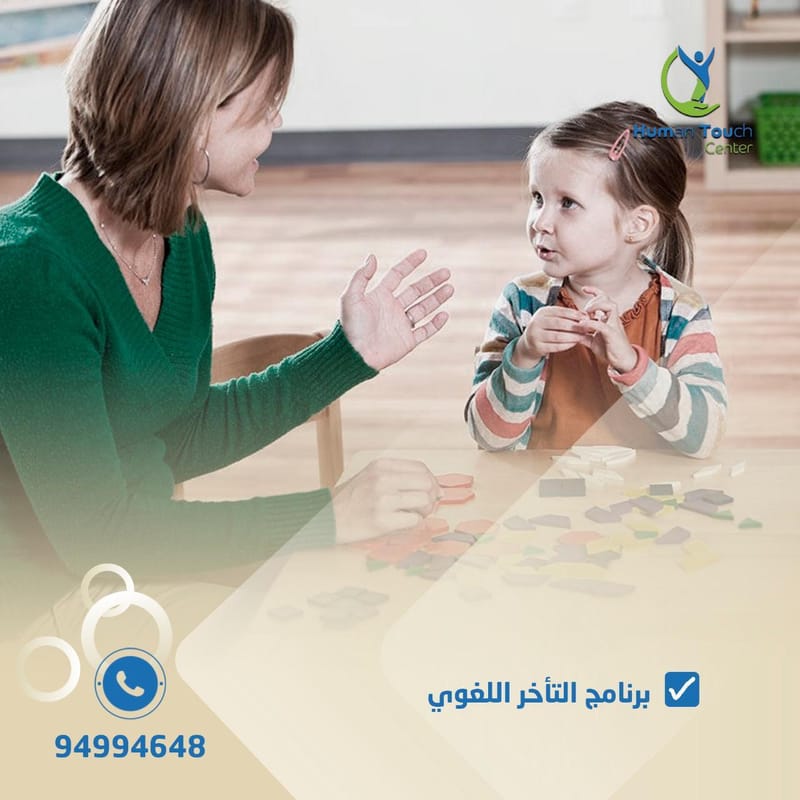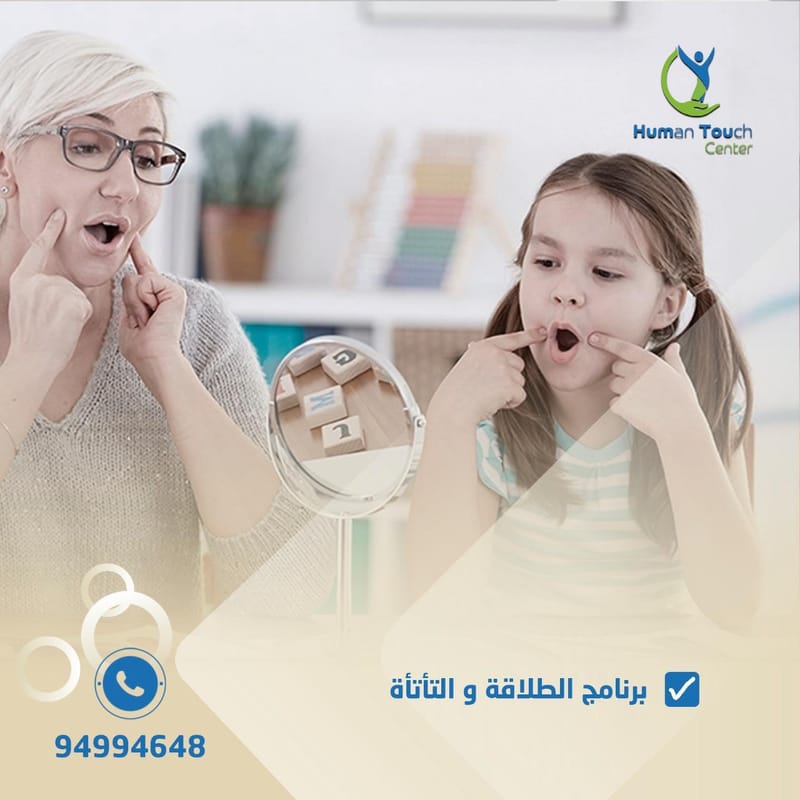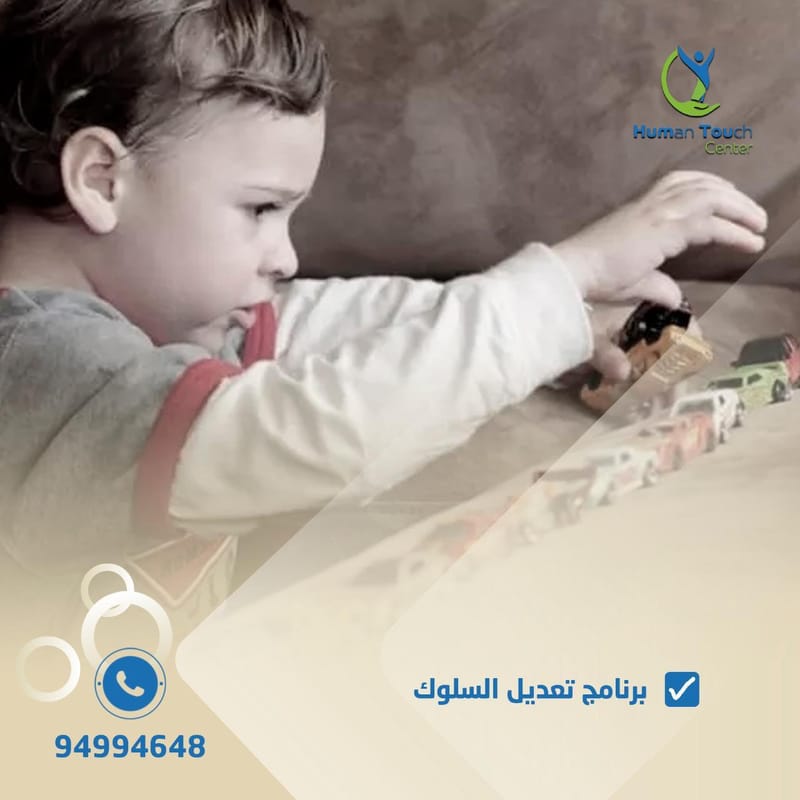language delay program

Language Delayed Treatment Plan
Correction of the problem: - Correcting audio, visual and neurological problems, that is, if the child is visually impaired, we wear glasses, and if he is weak of hearing, we wear a hearing aid, and if he has a neurological problem, we present him to a neurologist. The child can and if he needs an EEG that shows his udder focus, he takes treatment for epilepsy, and if the child is hyperactive, and therefore I cannot control him. And the physiotherapist must explain to the mother who has a child with a motor disability how to carry him in the correct way, and if the child is large, she should sit on a wheelchair so that he moves and is not isolated from the outside world and transmits to him the outside world.
اضغط للمزيد
From stuttering to fluency: treatment strategies and the role of society
Face your fears and win over them.. This is what the wise always advise us, and perhaps those who stutter know the meaning of this phrase well and always try to apply it by speaking and trying to prevent themselves from stuttering to avoid the reactions of the people around them. Awareness and good knowledge of stuttering and its nature and taking the right steps towards treating it will make life easier for those who suffer from it, which is not restricted to the sufferers and their families only, but is something that concerns everyone around them to enhance the self-confidence of the sufferers and help them overcome this problem.
اضغط للمزيد
Speech and Language Disorders Program
Speech therapy is tailored to the child's level of disability and speech impairment. It also focuses on the child's swallowing abilities, speech development, communication skills, behavior, learning disabilities, fluency and expression problems, and other issues. After an initial examination by a speech therapist, the program and approach to be followed with the child are individually determined. The underlying problem is diagnosed and addressed. During the training period, parents are taught exercises and tests that they can perform on their own. Speech therapy focuses on: swallowing disorders (dysphagia), facial disorders, speech development disorders, speech delays, speech voice disorders, fluency and expression disorders, pronunciation problems, and speech problems caused by other causes, such as hearing or vision problems, or other conditions such as cerebral palsy, developmental disorders, learning and reading difficulties, and neurological disorders.

Aggressive behavior in a child: its definition, forms, types and causes?
Aggressive behavior is a negative action performed by a child, which may be intentional or unintentional as a result of dissatisfaction with the other person or the person being dealt with. It is a form of violence among children. Aggression in general is an unwanted behavior, and by aggression we mean the deliberate harming of others. Violence is displayed by children in various ways, including hitting, biting, or psychologically harming others, such as uttering obscene words. Aggression is also considered an acquired behavior in children as a result of observation and imitation. Aggression among children takes many forms, whether it is to defend themselves against a peer's aggression, or to constantly fight with others to control their peers, or to destroy some furniture in the house when angry and unable to control themselves. Aggression is of two types: acquired from the surrounding environment (family, school, street), such as the situations the child goes through that lead to the use of aggression to protect themselves, or hereditary aggression, which is called this name as a result of how the parents treat the child at home. Aggression has many causes, including: It can be due to a psychological disorder or feelings of inferiority and guilt, or it can be a result of upbringing. The family may play a major role in developing aggression in a child, such as excessive cruelty from one or both parents, which results in a desire for revenge, repressing children and not satisfying their desires, bullying by older siblings, and finally, watching violence on television or through any other means. One study indicated that animated programs designed for children contain the highest percentage of violent scenes compared to any other programs. A study conducted on nine-year-old children to determine their passion for horror films showed that those who were fond of watching this type of films became, ten years later, people characterized by aggressive tendencies. Dear father, dear mother: The matter is not insignificant, but controlling this behavior early is easier and achieves better results. Child psychology specialists will help you learn more about treatment methods and means, and ways and skills for dealing with an aggressive child through successive counseling sessions.


